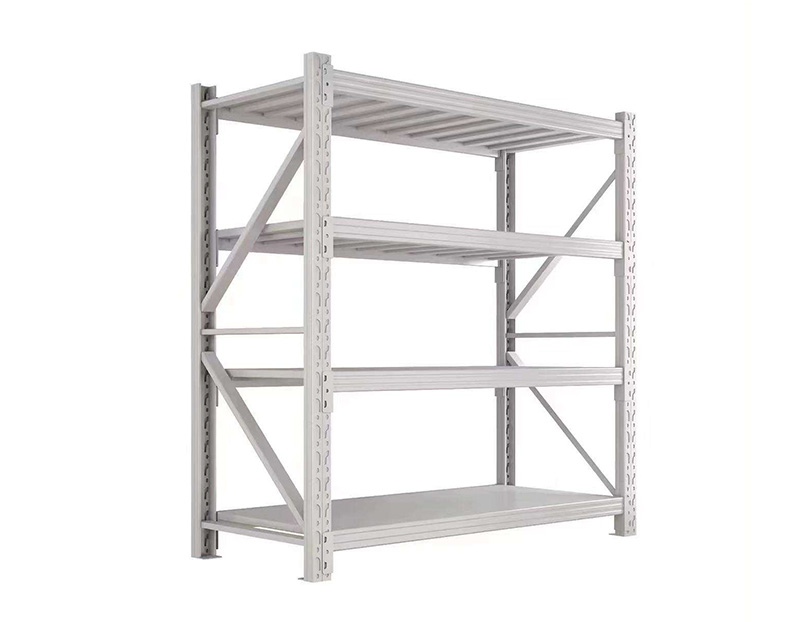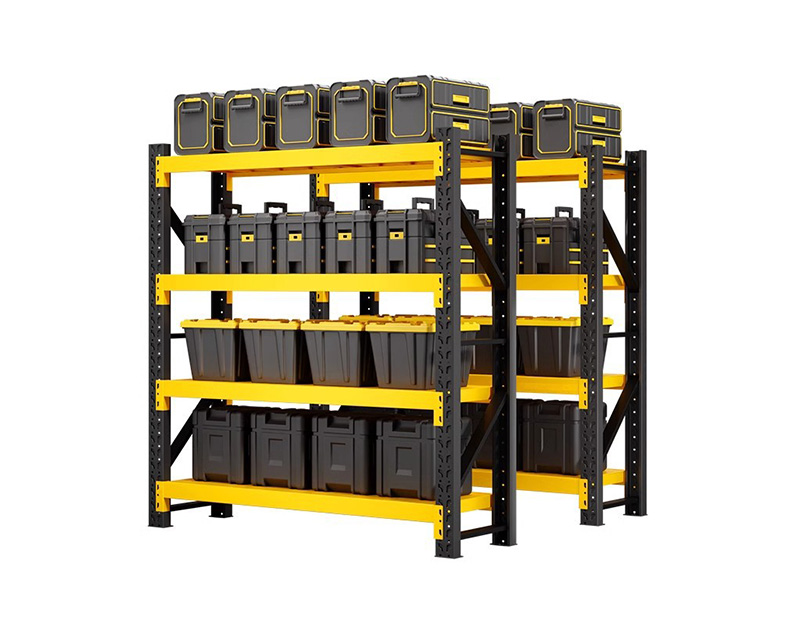Industrial Pallets: How to Increase Load Safety
Load safety is a critical concern in every stage of the supply chain—from manufacturing and storage to transportation and delivery. Industrial pallets serve as the foundation of load stability, and their proper use can significantly reduce product damage, workplace accidents, and logistical disruptions.

The first step in increasing load safety is **choosing the right pallet type and size** for the cargo. A pallet that’s too small may lead to overhang and instability, while one that’s too large can waste space and complicate loading. Match the pallet dimensions closely to the load’s footprint for optimal balance.
**Distribute weight evenly** across the pallet surface. Uneven loading can cause tipping, warping, or cracking—especially in wooden or plastic pallets. Heavier items should be placed at the bottom to create a low center of gravity.
Use **proper stacking techniques**. Stack boxes or containers in a brick-layered or columnar pattern, keeping corners aligned and avoiding pyramids. A consistent stacking pattern ensures better compression strength and prevents side collapse during transit.
**Secure the load with stretch wrap, shrink wrap, or banding.** Pallet wrap keeps products tightly together and prevents movement caused by vibrations or sudden stops. For heavier loads, consider using edge protectors and strapping for extra reinforcement.
**Pallet condition matters.** Damaged or weakened pallets—especially those with broken boards, exposed nails, or missing components—should be removed from circulation immediately. Regular inspection and maintenance are key to maintaining a safe pallet pool.
**Choose the right pallet material.** For extremely heavy or hazardous loads, steel pallets may offer better stability and resistance. Plastic pallets, while lightweight, must be assessed for load-bearing capacity, particularly in hot or humid environments.
Ensure compatibility with **handling equipment** such as forklifts and pallet jacks. Improper lifting angles, incorrect fork spacing, or using the wrong machinery can destabilize even a well-secured load.
Lastly, provide **staff training**. Workers should know how to identify unsafe pallets, stack goods correctly, and follow load limits. Safety protocols should be a core part of logistics and warehouse SOPs.
In conclusion, safe pallet loading is about more than stacking boxes—it involves strategic material choices, careful planning, and routine inspections. By improving pallet-based load safety, businesses can protect their goods, employees, and bottom line.
 Smart Storage Equipment: Top B
Smart Storage Equipment: Top B
 Storage Systems: Design Ideas
Storage Systems: Design Ideas
 Storage Systems: Best Software
Storage Systems: Best Software
 Storage Systems: Maximizing Sp
Storage Systems: Maximizing Sp
